Lizards: Madagascar’s Overlooked Seed Dispersers and Their Role in Forest Survival
Ecology and Wildlife Dispatches
Seed dispersers are the backbone of healthy forests, spreading plant and tree seeds to ensure the future of the forest persists, with growth, thriving biodiversity, and resilience.
Madagascar, is a biodiversity hotspot isolated for 88 million years since drifting from India, animals like bats, birds, and small rodents play starring roles. Bats pollinate and disperse seeds of night-blooming plants, birds like parrots scatter seeds far and wide, and rodents like mice bury seeds, unintentionally planting them. These actions help forests regenerate, maintain genetic diversity, and recover from disturbances, keeping ecosystems vibrant and interconnected.
A Malagasy Giant Chameleon (Furcifer oustaleti) eating a fruit from the Madagascar almond tree (Terminalia boivinii) (KyotoU / Ryobu Fukuyama)
These species evolved in seclusion, adapting to the island’s distinct ecosystems. However, their specialized adaptations make them highly vulnerable to habitat loss from deforestation, a changing environment threatened by development and human activities. The importance of their survival and the delicate balance of Madagascar’s ecosystems is critical, as their loss could disrupt critical processes like seed dispersal and pollination.
Other biodiversity hotspot regions, such as the Amazon rainforest, Australia and the Hawaiian Islands, also boast high endemism. Australia, for instance, has more endemic plant species (around 19,000) and a high number of unique mammals and reptiles due to its long isolation.
Madagascar’s biodiversity is globally significant, particularly for its unique evolutionary history. Animals like bats, birds, lemurs, small mammals, amphibians, reptiles, and small rodents play important roles in the ecosystems and seed dispersal.
The streaked tenrec only found in Madagascar- their diet consists of seeds and insects.
A key aspect of biodiversity is an ecological process known as endozoochory, where animals consume plant seeds and later excrete them in different locations, helping to disperse the plants.
Bats pollinate and disperse seeds of night-blooming plants, birds like parrots scatter seeds far and wide, and rodents like mice bury seeds, unintentionally planting them. These actions help forests regenerate and spread, maintaining genetic diversity, and recovery from disturbances like forest fires and logging, keeping ecosystems vibrant and interconnected.
Global Biodiversity Ranking by Total Species Richness
(Approximate rankings; actual numbers vary by taxonomic group)
Amazon Basin (South America)
🌿 Incredibly high species richness: ~16,000+ tree species alone
🐦 Over 1,300 bird species, ~430–450 mammals, vast but uncounted insects, reptiles, amphibians,
✅ Highest overall biodiversity on Earth
Australia
🌱 Over 21,000 endemic plant species
🐨 High levels of mammal and reptile endemism
🦘 Long geographic isolation has driven unique evolutionary pathways
Madagascar
🦎 ~90% of species are endemic
🌺 ~11,000+ plant species (many endemic)
🐒 Famous for lemurs, chameleons, fossas — found nowhere else
Hawaiian Islands
🌼 High endemism per square mile
🌋 Volcanic isolation led to highly specialized flora and fauna
🐦 Unfortunately also one of the highest extinction rates
Lizards, however, are rarely understood as seed dispersers. Often seen as insect-munchers, fewer than 10% of lizard species eat fruits, and to some people they’re an obscure or less charismatic creature compared to colourful birds or the iconic lemurs which Madagascar is well known for, so lizards are left underappreciated. This gap in attention, reflects a gap of knowledge and ignores their important value in supporting ecosystems in unique ways, especially in places like Madagascar, where biodiversity faces growing threats from human activity.
To address this, Kyoto University of Japan sent a team to study three omnivorous lizard species in Madagascar’s tropical dry forests: the Malagasy Giant Chameleon, Cuvier’s Madagascar Swift, and the Western Girdled Lizard.
Western Girdled Lizard (Source)
Cuvier's Madagascar swift (Source)
Through behavioural observations, fecal analyses, and seed germination tests, they found these lizards consume fruits from over 20 plant species, dispersing viable seeds distinct from those spread by the Common Brown Lemur, a key seed disperser.
Common brown lemur ( source)
What makes lizards especially vital is their resilience is that Madagascar’s forests are under siege from deforestation and degradation, making them less habitable for larger frugivores like lemurs. Lizards, however, can still adapt and persist in these altered landscapes, dispersing seeds where others cannot. This makes them critical for habitat recovery and forest regeneration, helping plants recolonize degraded areas. Protecting lizard populations could thus bolster biodiversity conservation, ensuring diverse plant species survive in a changing environment.
Bright panther chameleons live in the humid forests of Madagascar and nearby islands. They mainly eat insects in contrast to the Malagasy Giant Chameleon which is adapted to also eating seeds and fruit.
Still, much remains unknown. “We’ve seen lizards eat a wide range of fruits, but we don’t yet know how far they carry seeds or their full ecological impact,” Fukuyama noted. Future studies on dispersal distances and seed survival could reveal even more about their contributions.
Madagascar’s wildlife faces a dire struggle against multifaceted threats. Deforestation and degradation, driven by slash-and-burn agriculture (tavy), illegal logging, and charcoal production, have reduced primary forest to just 5% since 2015, risking extinctions due to high micro-endemism. Invasive species, such as exotic rats, and environmental changes detrimentally affect the biodiversity. Overexploitation, illegal wildlife trade (with hardwoods like ebony fetching $2,000 per ton), and mining for gemstones compound further habitat loss, while poverty and limited economic opportunities complicate conservation. Despite protected areas covering 10.4% of the land and safeguarding most native species, many remain vulnerable, necessitating urgent, integrated efforts to address these challenges and preserve the island’s unique ecological heritage.
The loss of important seed disperser can devastate an ecosystem. Without animals like lizards, primates, lemurs, small mammals, bats, or birds, seeds may fail to reach suitable growing sites, leading to reduced plant reproduction and declining forest cover. This not only reduces biodiversity but also disrupts ecosystem food chains, as plants provide food and habitat for countless species. Genetic diversity in plants diminishes, making them less resilient to disease or environmental changes. Over time, the ecosystem can unravel, with cascading effects on pollinators, herbivores, and predators, eroding biodiversity.
In Madagascar, where unique species rely on interconnected relationships, losing a disperser like lizards could mean losing entire plant and forest communities, threatening the island’s irreplaceable ecological heritage. By understanding the importance of lizards as seed dispersers and their role in forest conservations provides a strong case for conserving lizards, in addition to other seed dispersers, by protecting them, we protect the intricate web of life they sustain.
by
Thank you
Buy me a Ko Fi
References
Kyoto University. (2025, June 9). Research News: [Title not specified]. Retrieved from https://www.kyoto-u.ac.jp/en/research-news/2025-06-09
Wiley Online Library. (n.d.). Biotropica, 10.1111/btp.70052. Retrieved from https://onlinelibrary.wiley.com/doi/epdf/10.1111/btp.70052
Afrotheria Network. Tenrecs. https://afrotheria.net/tenrecs/

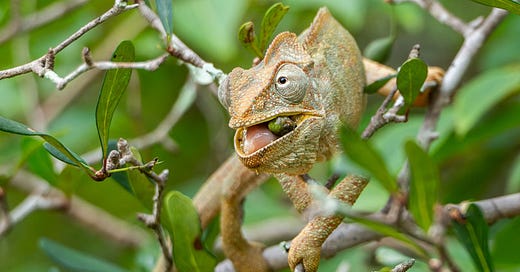



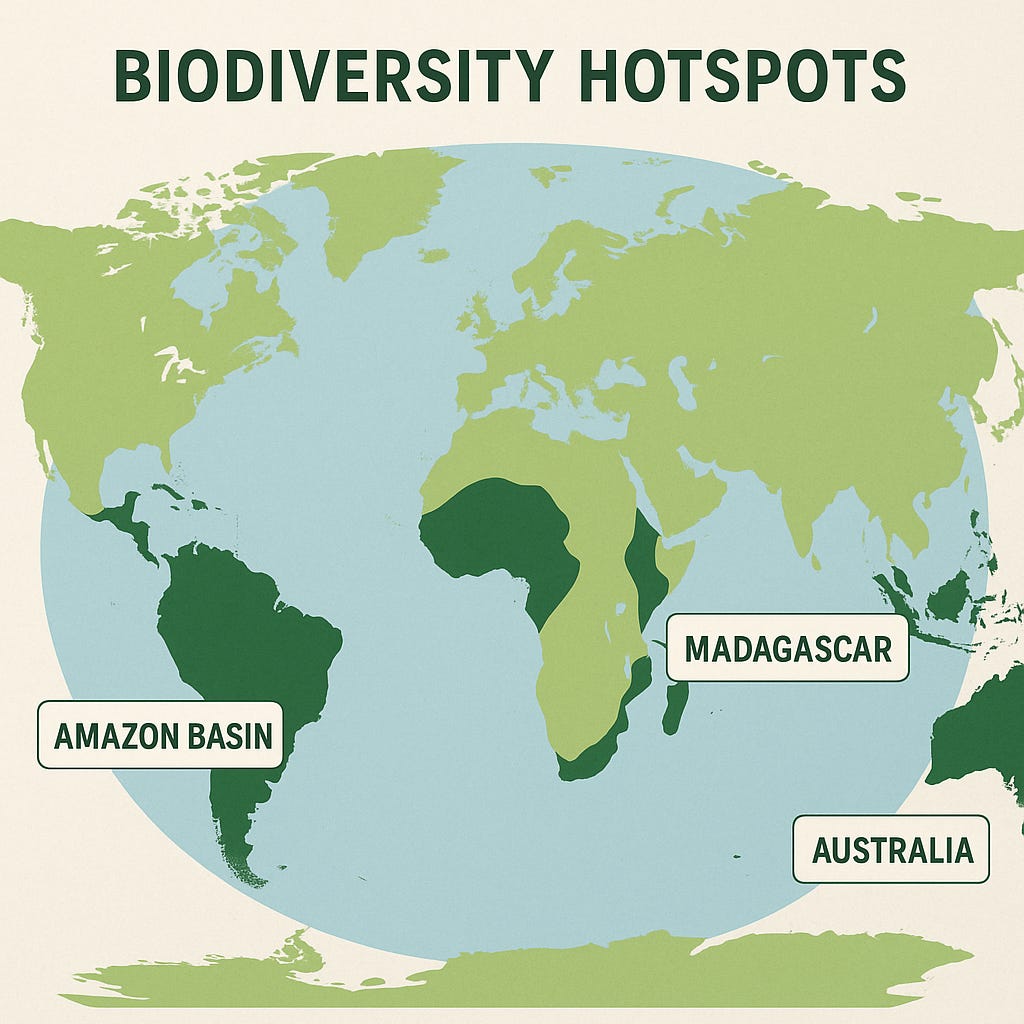
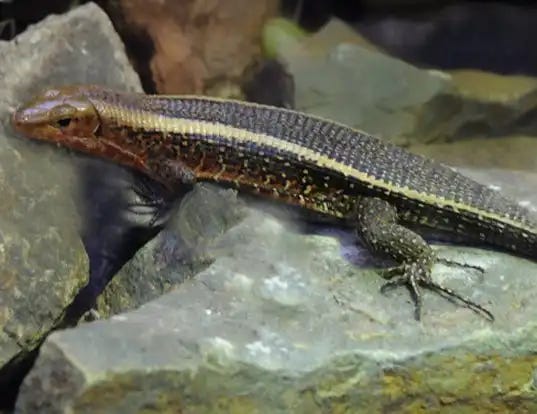
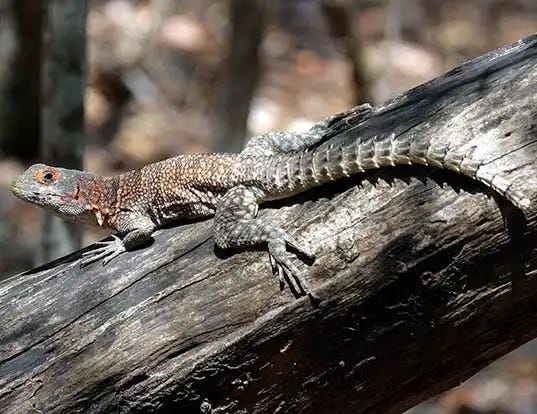
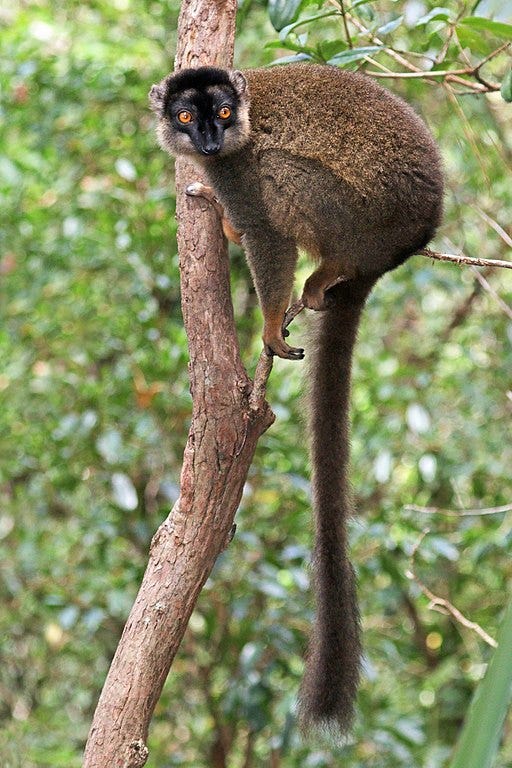
This article proves every living specimen has a function!
Thank you, so interesting and necessary for the human aspect to understand 🙏